Back to Courses

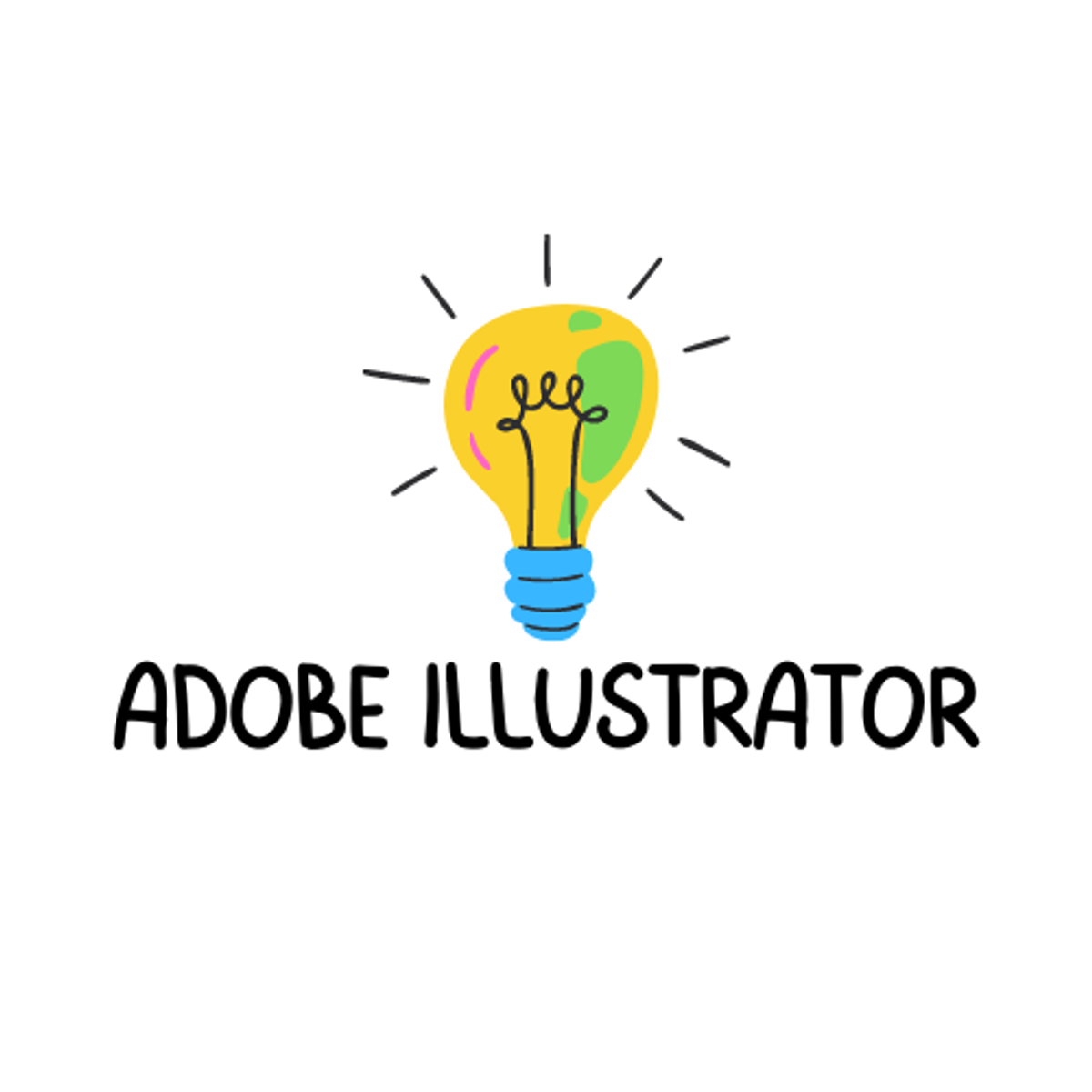
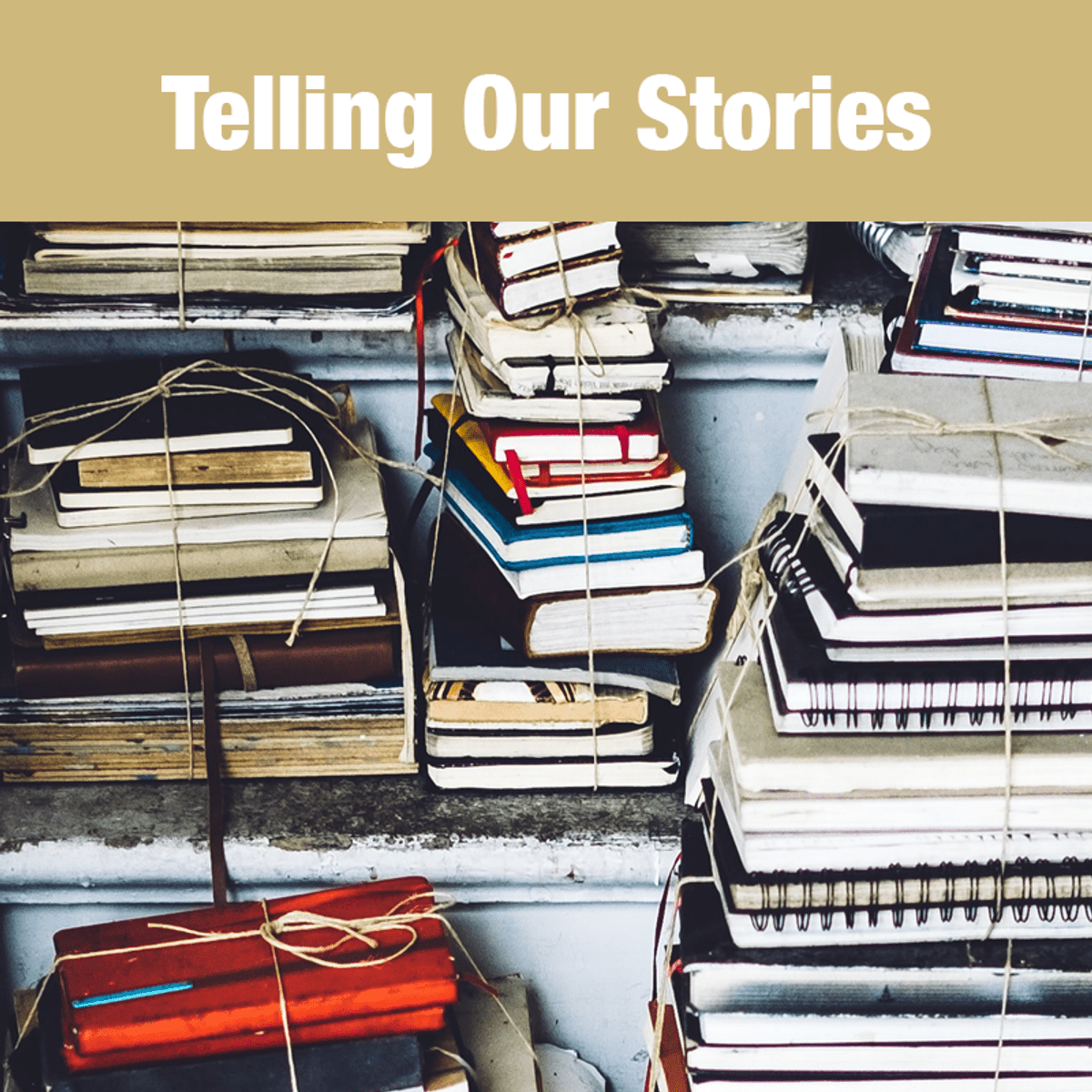
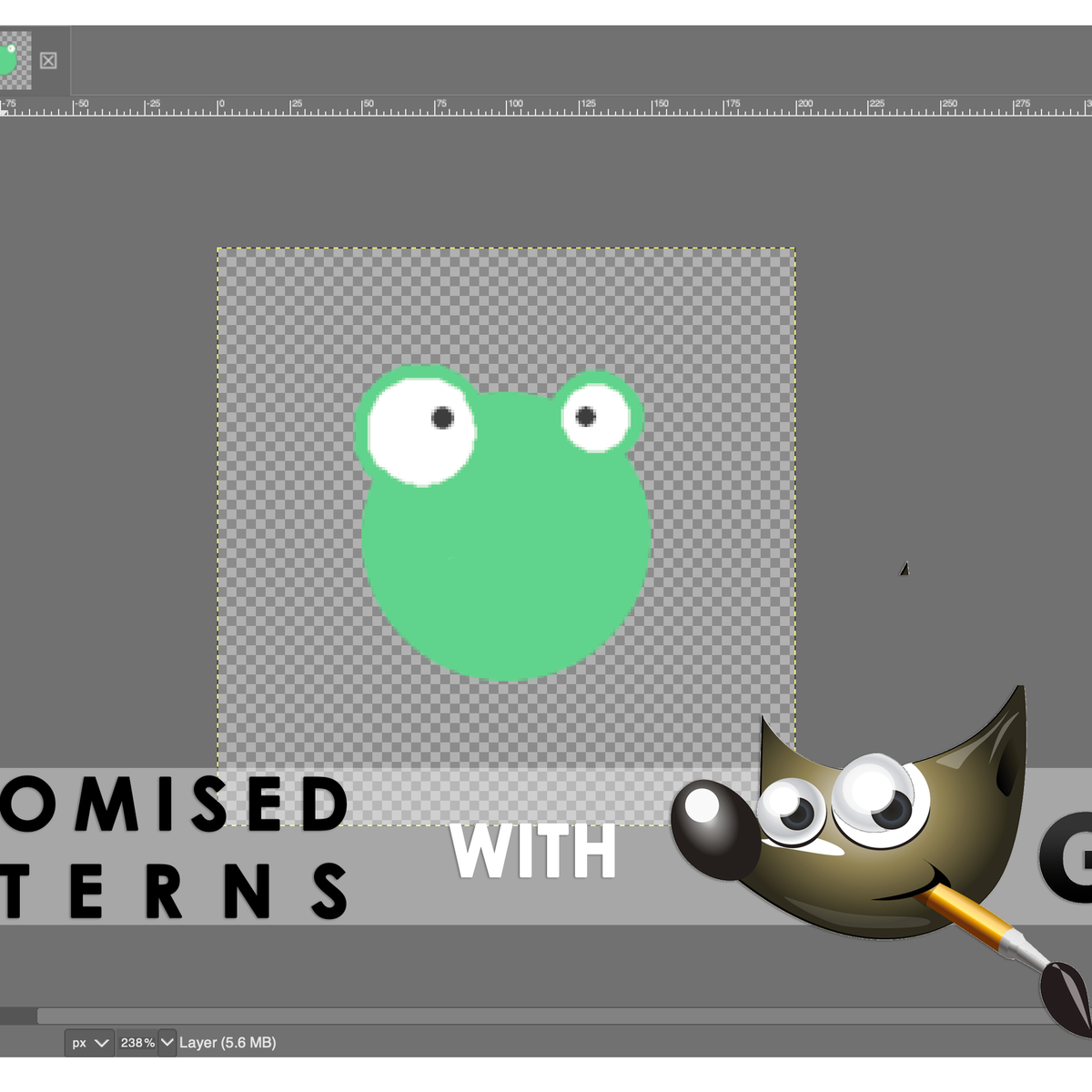
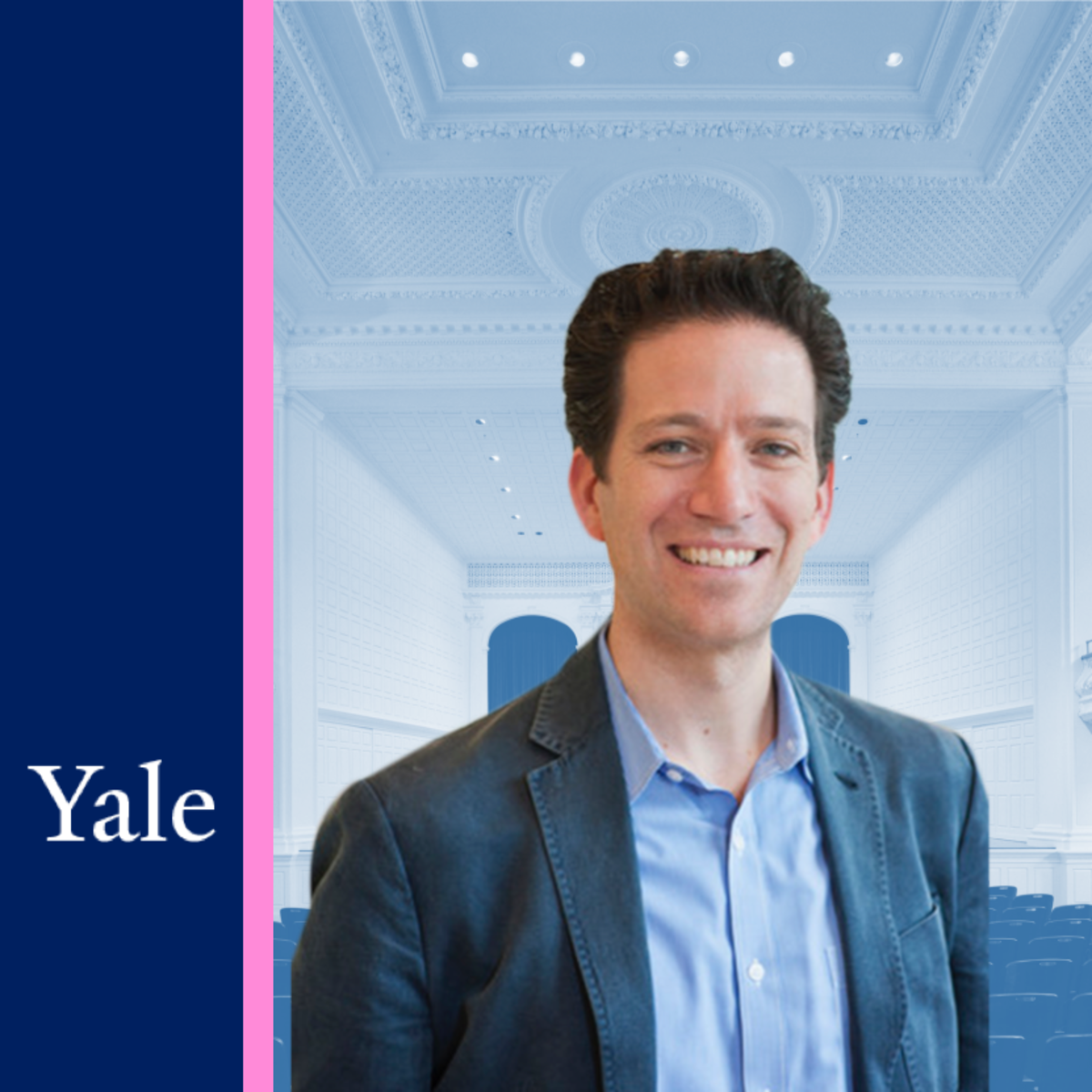
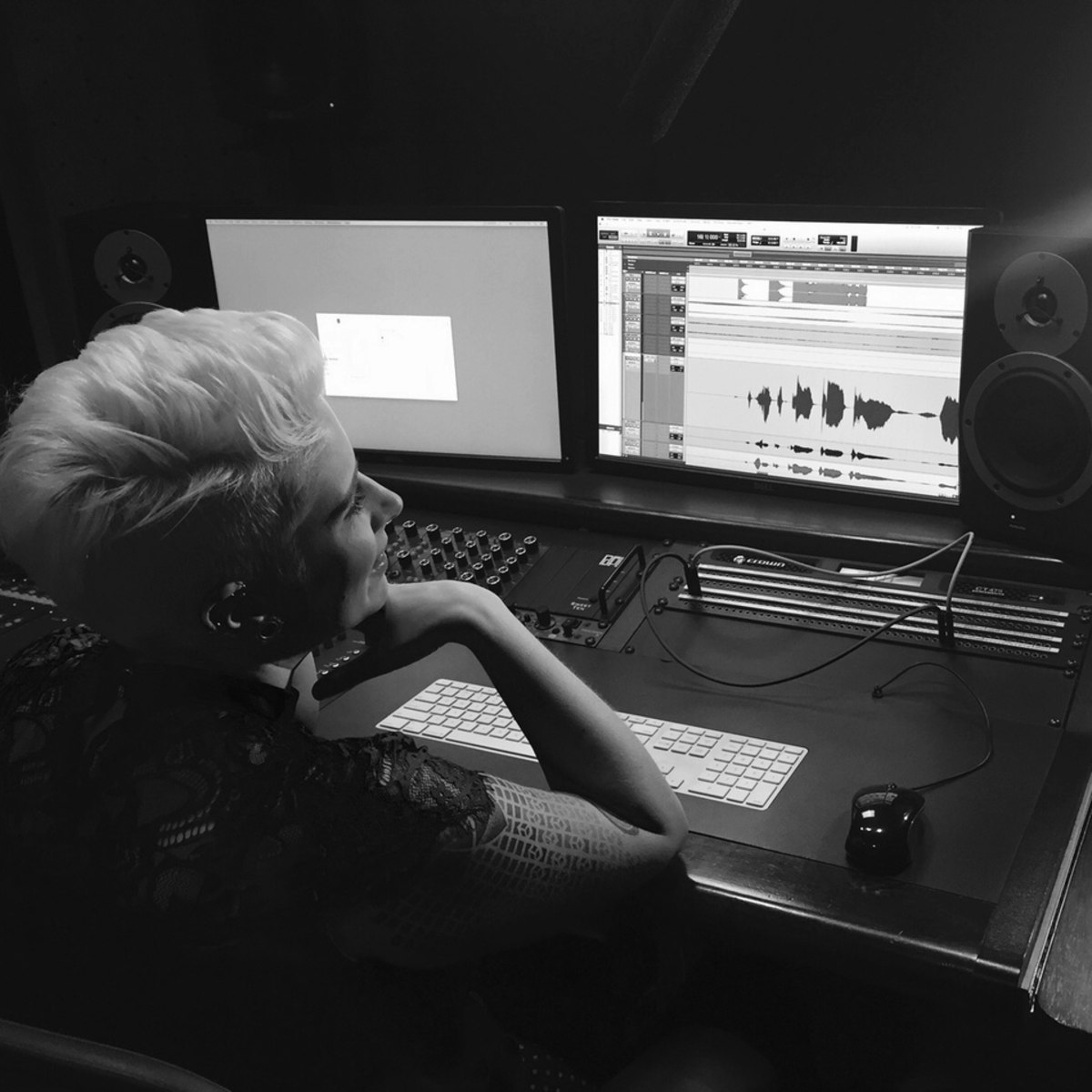
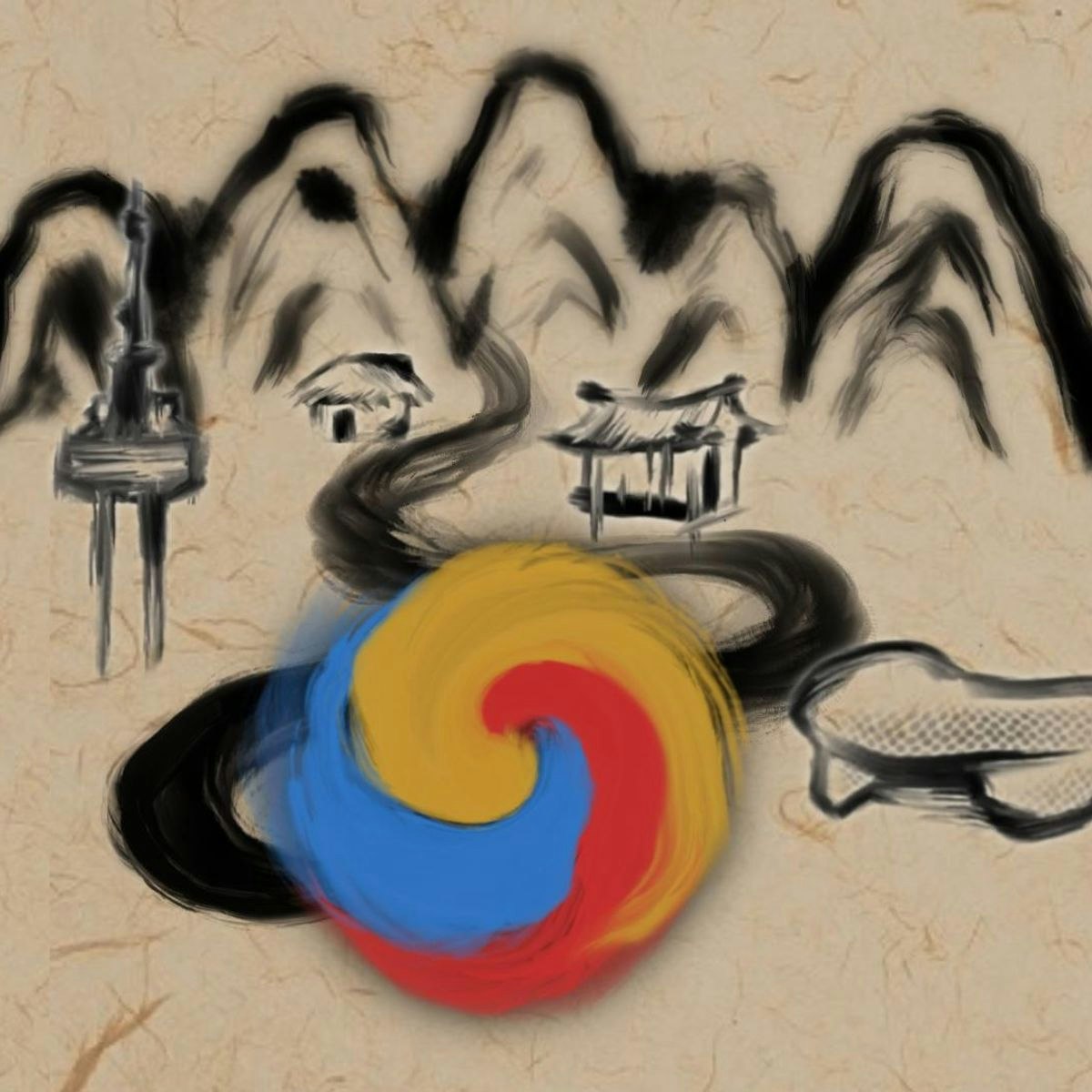

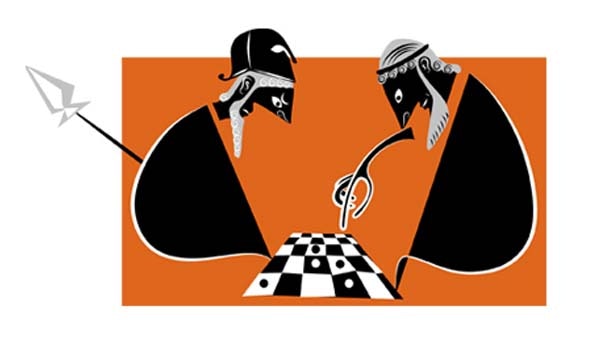
Arts And Humanities Courses
Showing results 1-10 of 464

Modern Art & Ideas
Welcome to Modern Art & Ideas! This course is designed for anyone interested in learning more about modern and contemporary art. Over the next five weeks, you will look at art through a variety of themes: Places & Spaces, Art & Identity, Transforming Everyday Objects, and Art & Society. Each week kicks off with a video that connects works of art from The Museum of Modern Art’s collection to the theme. You will hear audio interviews with artists, designers, and curators and learn more about selected works in the additional readings and resources.
Throughout this course you will discover how artists:
-- represent place and take inspiration from their environment,
-- create works of art to express, explore, and question identity,
-- use everyday objects to challenge assumptions about what constitutes a work of art and how it should be made,
-- and respond to the social, cultural, and political issues of their time through works of art.
Through the discussion forum prompts and peer review assignment, you will also have the opportunity to connect with other learners and explore how these themes resonate with your own life and experience.

The Changing Global Order
How are international power relations changing and how can global peace and stability be maintained? This course familiarizes you with some main theories of international relations, shows how the global order is gradually changing and discusses how selected international and regional organizations contribute to the maintenance of global peace and security. You learn what research findings tell us in terms of the capacity of international organizations and actors to help prevent or stop violent conflict, what tools are used to negotiate agreements and how foundations for sustainable peace are best created. We will also focus on the role of the European Union in terms of diplomacy and efforts to prevent conflict, the North Atlantic Treaty Organization and the contribution of organizations such as the African Union to the prevention of conflict and war. We will study the United Nations Security Council and see in which ways its membership could be adapted to more accurately reflect the power relations of the current global order. Through quizzes and exercises testing your knowledge of these subjects, you will understand crucial concepts and get insights into how the academic study of international relations and international organization contributes to the search for global stability and peace in practice.

How to align artwork in Adobe Illustrator
In this project you will create several forms, you will see how each of them are at a different point on the page. Our job will be to create the shape, give it the color, we can combine some if you want, and then we will align them all at the same time. Sounds fun? This alignment tool is very useful when we want each of our shapes to be centered, well marginalized, and even. We do not have to do this manual management one by one or only visually. With this tool we are allowed to do the alignments very easily and not one by one. Is not a manual process, here you can see the easy process of aligning an artwork. The alignment tool has several ways to be accessed, here you will learn the long and short steps to see how to find the alignment tool. For this project we will be creating four frames, they can be of the same or different size.
Adobe Illustrator is a program that will allow you to create figures, logos, and images for all kinds of occasions, whether professional or educational. Today we will also see options of measures, colors, that will help you to strengthen your knowledge in this application. For this project, you will need a basic understanding of the application, as well as a basic understanding of how to create figures and add color to those figures.

Storying the Self: Telling our Stories
Ask for and give constructive feedback on your work, and consider venues for sharing your stories as both a leader and creator. In leadership contexts, this translates to authentic purpose, vision, and values. You’ll engage with a creative assignment with the intention of creating and polishing a story from your life that can be shared, reflecting on how stories evolve over time, through different media, and through retellings for and with different audiences.

Graphic design: create simple customised patterns using Gimp
In this 1-hour long project-based course, you will learn how to:
- Manage the file requirements to optimise and export a pattern,
- Get started with GIMP 2.10 editing tools
- Design customised patterns using GIMP 2.10
By the end of this project, you will learn how to use Gimp to create simple customised patterns.
You’ll discover how to create different types of patterns, either by drawing simple shapes directly on GIMP or starting from an existing image.
In graphic design and visual arts, a pattern is a design in which the same shape is repeated at regular intervals over a surface. Patterns are used to customise fabrics, prints, wallpaper, gift papers, and any kind of surface your imagination can reach.
GIMP version 2.10 is a cross-platform image editor available for many of the most popular operating systems. It is largely used by graphic designers, illustrators, artists, or photographers as an open-source alternative to image editing software.
Its interface is user-friendly so it can be enjoyed by anyone interested or involved in jobs related to graphics and visual arts.
Note: This course works best for learners who are based in the North America region. We’re currently working on providing the same experience in other regions.

Music and Social Action
What is a musician’s response to the condition of the world? Do musicians have an obligation and an opportunity to serve the needs of the world with their musicianship?
At a time of crisis for the classical music profession, with a changing commercial landscape, a shrinking audience base, and a contraction in the number of professional orchestras, how does a young musician construct a career today? Are we looking at a dying art form or a moment of reinvigoration?
In this course we will develop a response to these questions, and we will explore the notion that the classical musician, the artist, is an important public figure with a critical role to play in society.
The course will include inquiry into a set of ideas in philosophy of aesthetics; a discussion about freedom, civil society, and ways that art can play a role in readying people for democracy; discussion on philosophy of education as it relates to the question of positive social change; and an exploration of musical and artistic initiatives that have been particularly focused on a positive social impact.
Guiding questions for this course inquiry will include:
- How can classical music effect social change?
- How has music made positive change in communities around the globe?
- What can the field of classical music learn from other movements for social change?
- How have educators and philosophers thought about the arts and their connection to daily contemporary life?
Each class will explore one critical question through lectures, discussions, interviews, or documentaries.

Pro Tools Basics
Producing music is an incredibly creative process, and knowing the tools of the trade is essential in order to transmit the musical ideas in your head into the DAW in a creative and uninhibited way. Whether you have used a computer to create music before, or you have been curious about production for years, this 4-week course will give you an introductory look into the world of Avid Pro Tools and Pro Tools First.

Introduction to Korean Philosophy and Culture
This course will give you the cultural and historical background to begin your journey into Korean philosophy, and there is no prerequisite knowledge on philosophy required. Anybody who either has an interest in Korean culture, maybe through K-Dramas or K-pop, or an interest in philosophy from a cross-cultural perspective, are all welcome.
Despite the growing interest in Korean culture, there are few courses which explore the fascinating topic of Korean philosophy. On this course, you’ll be introduced to concepts in Korean philosophy through an exploration of the Korean language, culture and perspective.
The Korean cultural, social, and political environment has informed and transformed the intellectual assets of China and the West. You’ll explore the creative tensions that Koreans have experienced, and broaden your worldview as you discover a new philosophical approach.

Icons design for Mobile Application using Adobe Illustrator
By the end of this project, you will be able to create a series of 5 icons for an e.commerce mobile application using Adobe Illustrator.
Throughout the project, you will be able to use Adobe Illustrator with its different tools. You will be able to create vectorial geometric shapes combining them together to reach your final design. Moreover, you will be exposed to the concept of the grid system that allows you to reach consistency while creating your designs.

Reason and Persuasion: Thinking Through Three Dialogues By Plato
In this course we study the ancient, Socratic art of blowing up your beliefs as you go, to make sure they're built to last. We spend six weeks studying three Platonic dialogues - "Euthyphro", "Meno", "Republic" Book I - then two weeks pondering a pair of footnotes to Plato: contemporary moral theory and moral psychology.
Platonic? Socratic? Socrates was the teacher, but he said he never did. Plato was the student who put words in his teacher's mouth. You'll get a feel for it.
We have a book: the new 4th edition of "Reason and Persuasion", by the instructor (and his wife, Belle Waring, the translator.) It contains the Plato you need, plus introductory material and in-depth, chapter-length commentaries. (Don't worry! John Holbo knows better than to read his book to the camera. The videos cover the same material, but the presentation is different.)
The book is offered free in PDF form - the whole thing, and individual chapter slices. It is also available in print and other e-editions. See the course content for links and information.
The course is suitable for beginning students of Plato and philosophy, but is intended to offer something to more advanced students as well. We seek new, odd angles on old, basic angles. Tricky! The strategy is to make a wide-ranging, interdisciplinary approach. Lots of contemporary connections, to make the weird bits intuitive; plus plenty of ancient color, still bright after all these years. So: arguments and ideas, new possibilities, old stories, fun facts. Plus cartoons.
The results can get elaborate (some book chapters and some lesson videos run long.) But each video comes with a brief summary of its contents. The lessons progress. I put them in this order for reasons. But there's no reason you can't skip over and around to find whatever seems most interesting. There are any number of self-contained mini-courses contained in this 8-week course. You are welcome to them.
Plato has meant different things to different people. He's got his own ideas, no doubt. (Also, his own Ideas.) But these have, over the centuries, been worn into crossing paths for other feet; been built up into new platforms for projecting other voices. (Plato did it to Socrates, so fair is fair.) So your learning outcome should be: arrival somewhere interesting, in your head, where you haven't been before. I wouldn't presume to dictate more exactly.
Popular Internships and Jobs by Categories
Find Jobs & Internships
Browse
© 2024 BoostGrad | All rights reserved